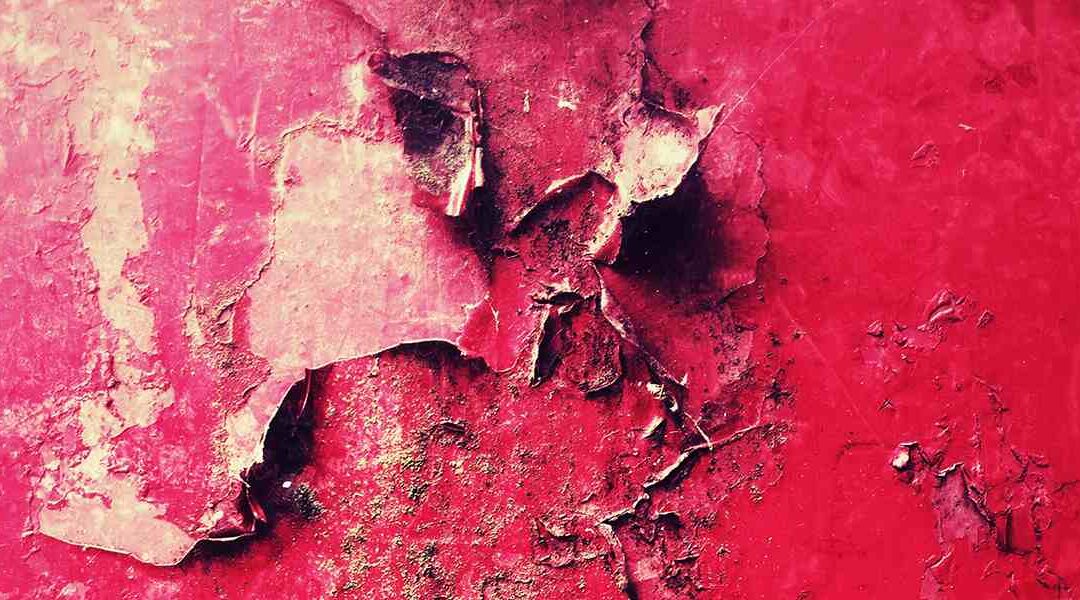It’s not uncommon to find small bubbles appearing beneath the coat of paint that makes your car look so attractive. Fortunately, this blistering is fairly easy to fix. However, there are also a few ways that vehicle owners can prevent it from happening in the first place.
Here, Cutting Edge Collision Center explains what causes paint to blister on a car and how their auto painting experts in Tucson make a car look like new again.
Moisture Impacts Car Paint
Understandably, excess moisture will be a huge contributor to bubbling paint on your car. The effect may be immediate when auto body experts apply the paint and there are traces of moisture or debris on the car’s surface. However, it also happens over time if the car stays outside in rainy or humid conditions for years on end.
Rushed Paintwork Causes Bubbling
Many body shops will apply a clear coat of paint onto a car to preserve the color. However, the painters have to be extremely careful about putting on this coat too fast since it can lead to an uneven texture known as solvent pop condition. Luckily, patience during the surface preparation and painting process, combined with new auto design technology, will ensure that bubbling doesn’t become an issue.
UV Exposure and Temperature Fluctuations
Your car’s paint will fade or blister with age and consistent exposure to UV rays. Extreme temperature swings also impact the paint texture. For example, painting a surface that’s too hot will warp the appearance of the paint as it dries.
Can You Fix It Even If You Don’t Know What Causes Paint to Blister On a Car?
Even if you don’t know what causes paint to blister on a car, you can resolve the issue. However, the extent of the repair will ultimately depend on the damage. Solvent pop bubbles are easy to repair, but you’ll need an auto body shop for the following issues:
- Large bubbles
- Visible rust underneath
- Bubbling on the hood or car panels
- Blistering on very old paint
In this case, the experts will refinish and repaint the vehicle to address any noticeable blisters. If your car only has minor solvent pop bubbles, they might carefully sand them down and buff them to give your car’s surface a more even texture.
Of course, the best way to avoid these issues is to limit your car’s exposure to moisture and ultraviolet radiation. If you are looking to give your car a new coat of paint, also make sure that the painters remove debris from the surface, apply high-quality primer, and paint the car in a dry, cool environment.
Let the Experts at Cutting Edge Collision Center Improve Your Car
Now that you know what causes paint to blister on a car, you can take appropriate action to protect your vehicle from damage. Why not turn to Cutting Edge Collision Center for some professional assistance when it comes to fixing paint blisters or learning the best colors to paint a car? Call (520) 339-6901 today!

